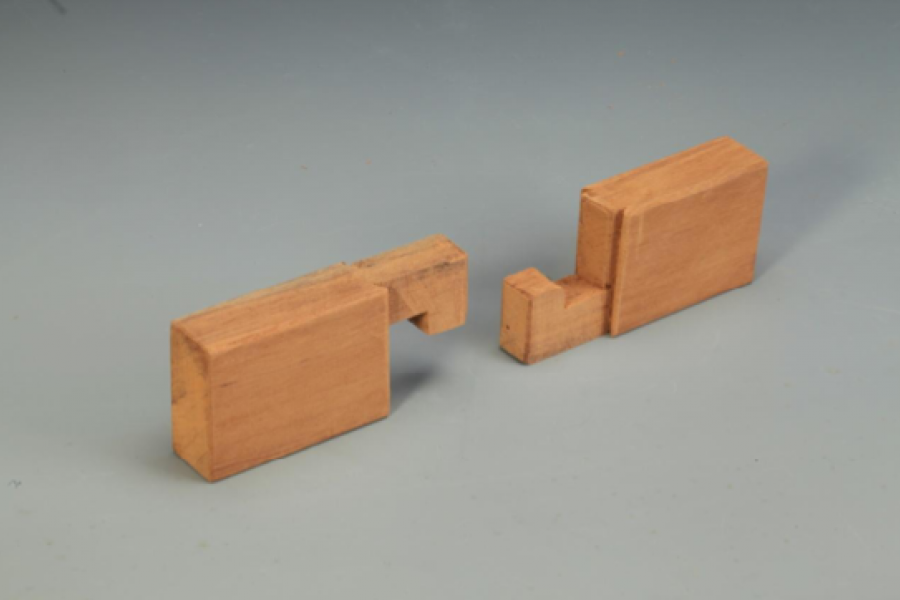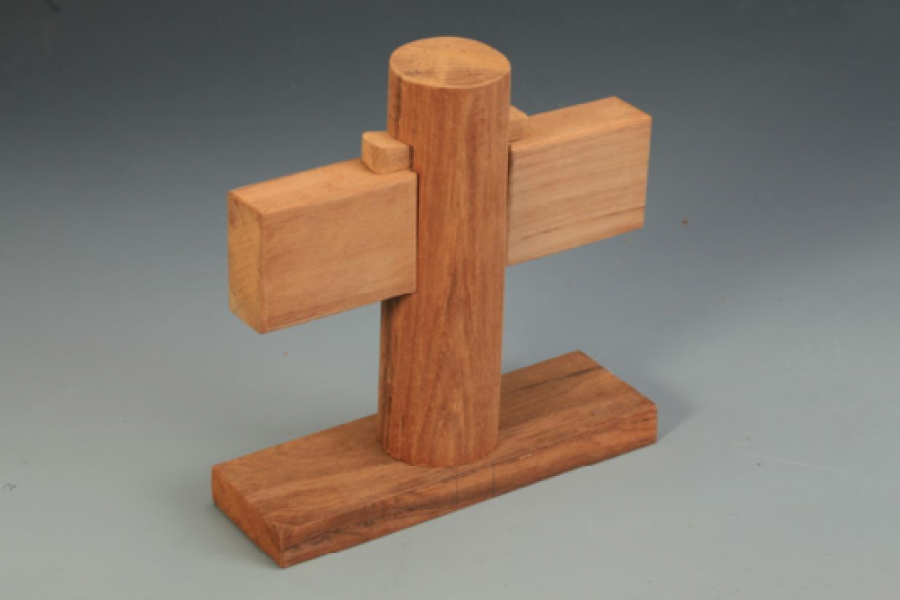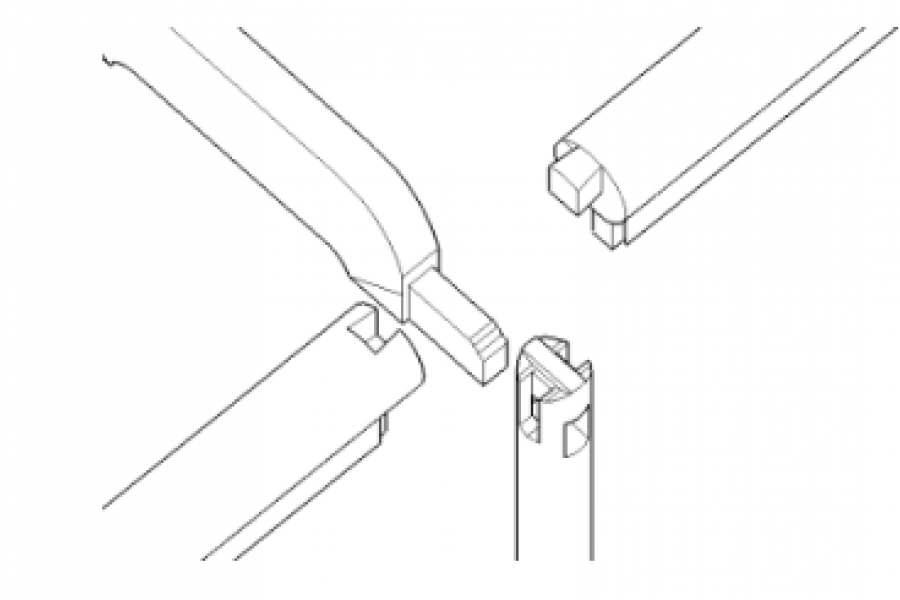Course Description
In traditional China, people loved wood: They lived in wooden houses and used wooden furniture. Wood is a warm and gentle material and most deeply expresses the Chinese people’s close physical relationship with nature. Within this visible and tangible world of wood the Mortise-and-Tenon has served as the hidden link to the integrated world of furniture and habitats, infusing the structure of people’s daily lives.
Mortise-and-Tenon also is an expression of Chinese philosophical ideas: Mortise as yang and Tenon as yin – and together they construct an integrated world. Without any nails or hinges and working only through its own connectivity, the Mortise-and-Tenon method reflects and encapsulates the holistic view of Chinese culture.
It is also due to the Mortise-and-Tenon technique that the wooden habitats and furniture of ancient China share the same basic structure. Chinese wooden buildings and furniture both use frame structures. Both integrate forms of pillars: while buildings have beams and square columns, furniture has jambs. The main feature of the official buildings of the Tang and Song dynasties is the inclined column, which can also be found in wooden furniture.
The course will introduce the origin and development of the Mortise-and-Tenon, as well as the relations and historical roots of carpentry work, including the joinery work of doors and windows, and furniture craftsmanship. It will lead to in-depth exploration of the world view, holistic view and natural view of classical China and the profound mystery of the structural and spatial relations that Mortise-and-Tenon has brought to furniture and habitats.
The course also includes a wide range of hands-on practice: researching hardwoods and using 3D Mortise-and-Tenon digital models, reading about the most used Mortise-and-Tenon types, drawing and making real Mortise-and-Tenon models and copying classical furniture drawings. Finally the students will collectively design and produce small-scale models of furniture and habitat design.
Course Goal
Explore the historical origins and cultural significance of Chinese Mortise-and-Tenon;
Understand the principles and forms of Mortise-and-Tenon, learn how to design and produce Mortise-and-Tenon;
Explore how Mortise-and-Tenon is used in furniture and habitats;
Explore how to use Mortise-and-Tenon to build furniture and habitats in practice;
Experience the way the living space and culture of traditional China has been shaped through the structures of furniture and habitats.
Course task
Using PPT to explain the philosophical and practical relations between Mortise-and-Tenon, furniture and architectures as theoretical courses;
Learning how to design and draw Mortise-and-Tenon, furniture and architectural drawings;
Learning how to use traditional wood tools to make Mortise-and-Tenon models, furniture models and small-scale wooden building models under the instruction of the tutor and woodcraft masters.
Expected Outcomes
Each student will finish a portfolio of Mortise-and-Tenon, furniture and architectural patterns;
Each student will make several hardwood Mortise-and-Tenon;
The students will collectively finish a wooden building and its interior furniture models with a video documentation.



